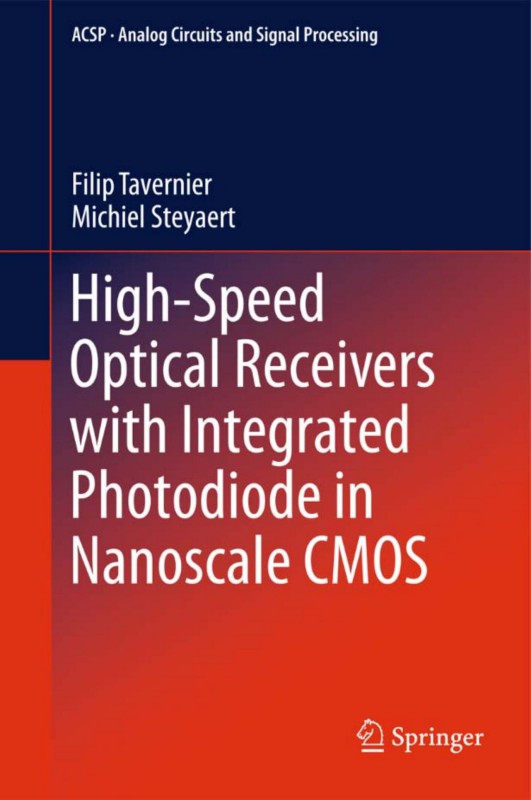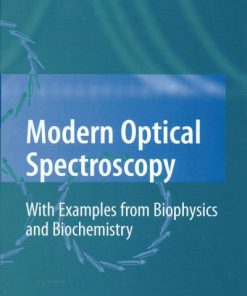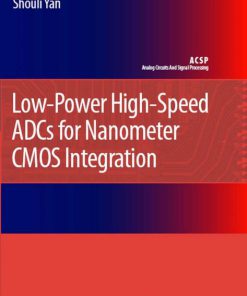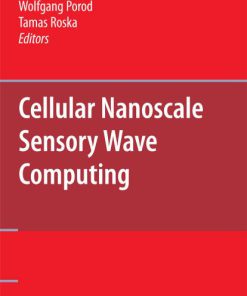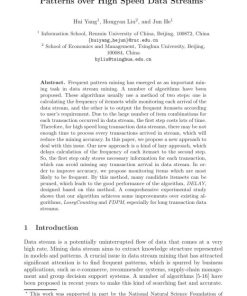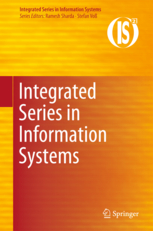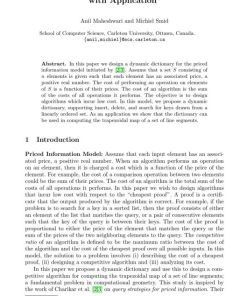High Speed Optical Receivers with Integrated Photodiode in Nanoscale CMOS 1st Edition by Filip Tavernier, Michiel Steyaert ISBN 9781441999252 1441999256
$50.00 Original price was: $50.00.$25.00Current price is: $25.00.
Authors:Filip Tavernier, Michiel Steyaert , Tags:Springer 2011 , Author sort:Filip Tavernier, Michiel Steyaert , Ids:1441999248 , Languages:Languages:eng
High Speed Optical Receivers with Integrated Photodiode in Nanoscale CMOS 1st Edition by Filip Tavernier, Michiel Steyaer – Ebook PDF Instant Download/Delivery. 9781441999252 ,1441999256
Full download High Speed Optical Receivers with Integrated Photodiode in Nanoscale CMOS 1st Edition after payment
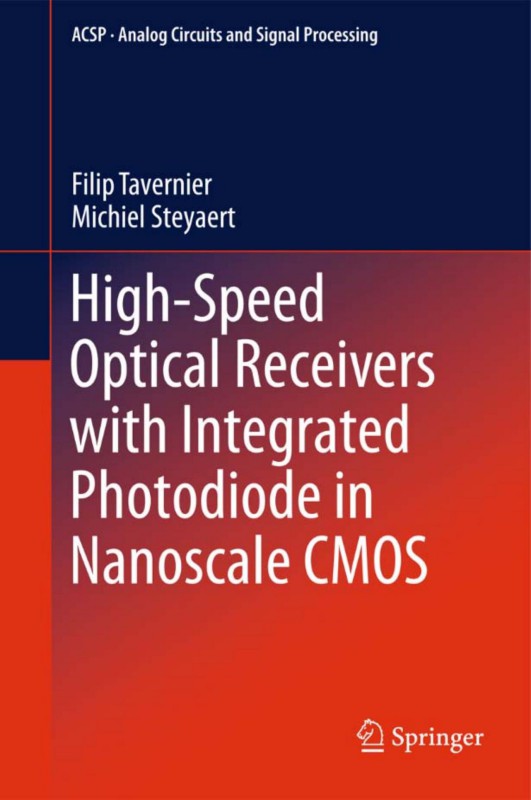
Product details:
ISBN 10: 1441999256
ISBN 13: 9781441999252
Author: Filip Tavernier, Michiel Steyaer
High Speed Optical Receivers with Integrated Photodiode in Nanoscale CMOS 1st Edition Table of contents:
1 Introduction
1.1 Why Do We Need Optical Communication?
1.1.1 Existing and Emerging Applications
1.1.2 The Advantages of Optical Communication
1.2 What are Integrated Optical Receivers?
1.3 Overview of Existing Literature
1.3.1 Non-CMOS Implementations
1.3.2 CMOS Implementations Without an Integrated Photodiode
1.3.3 CMOS Implementations with an Integrated Photodiode
1.4 Summary of the Research
1.5 Outline of the Thesis
2 Optical Communication—A High-Level Perspective
2.1 The Communication Model
2.2 Properties of Binary Data
2.2.1 Random Binary Data
2.2.2 Pseudo-random Binary Data
2.3 The Laser Diode
2.4 Optical Fiber
2.4.1 Silica Fiber
2.4.2 Plastic Fiber
2.5 Optical Receiver Fundamentals
2.5.1 Bandwidth Versus Bit Rate
2.5.2 Noise Versus Bandwidth
2.5.3 Bit Error Ratio Versus Noise
2.6 Conclusion
3 From Light to Electric Current—The Photodiode
3.1 Working Principle
3.1.1 Carrier Generation and Recombination
3.1.2 Collecting the Generated Carriers
3.2 Photodiodes in CMOS
3.2.1 Magnitude and Speed of the Photocurrent
3.2.2 Speed Improvement Techniques
3.2.3 The Photodiode Parasitics
3.2.4 The Reflection Coefficient of CMOS
3.3 Conclusion
4 From Current to Voltage—The Transimpedance Amplifier
4.1 Important Specifications
4.2 Comparison of TIA Topologies
4.2.1 Open-Loop Topologies
4.2.2 Closed-Loop Topologies
4.3 Design Considerations of a Shunt-Shunt Feedback TIA
4.3.1 Design of the Voltage Amplifier
4.3.2 Design of the Feedback Network
4.3.3 The Capacitance-Relieved TIA
4.4 TIA Designs
4.4.1 A Differential Shunt-Shunt Feedback TIA
4.4.2 A Shunt-Shunt Feedback TIA for POF-Applications
4.4.3 A Capacitance-Relieved TIA for POF-Applications
4.5 Conclusion
5 Increasing the Speed—The Equalizer
5.1 Operation Principle
5.2 Circuit Techniques
5.2.1 A Source-Degenerated Amplifier
5.2.2 A Common-Source Amplifier with an Inductive Load
5.3 Equalizer Designs
5.3.1 A Differential Equalizer with Differential Source Degeneration
5.3.2 A Single-Ended Equalizer with Active Inductors
5.4 Conclusion
6 Towards a Rail-to-Rail Voltage—The Post Amplifier
6.1 A Limiting Amplifier or an AGC Amplifier?
6.2 Important Specifications
6.3 Broadband Circuit Techniques
6.3.1 Multistage Amplifier
6.3.2 Negative Impedance Converter
6.3.3 Other Techniques
6.4 Offset Compensation
6.5 Post Amplifier Designs
6.5.1 A 4-stage Limiting Amplifier
6.5.2 A Limiting Amplifier with Negative Miller Capacitorsand Active Offset Compensation
6.6 Conclusion
7 Chip Implementations
7.1 A New FOM for Integrated Optical Receivers
7.2 A 4.5-Gbit/s Optical Receiver with an Integrated Photodiode in 130-nm CMOS
7.2.1 The Chip
7.2.2 Measurement Setup
7.2.3 Measurement Results
7.3 A 5.5-Gbit/s Optical Receiver with a Speed-Enhanced Photodiode in 130-nm CMOS
7.3.1 The Chip
7.3.2 Measurement Setup
7.3.3 Measurement Results
7.4 A POF Receiver with a 1-mm Diameter Integrated Photodiode in 180-nm CMOS
7.4.1 The Chip
7.4.2 Measurement Setup
7.4.3 Measurement Results
7.5 A Low Power and Area Efficient Limiting Amplifier in 90-nm CMOS
7.5.1 The Chip
7.5.2 Measurement Setup
7.5.3 Measurement Results
7.6 Conclusion
8 Conclusions
8.1 General Conclusions
References
Index
People also search for High Speed Optical Receivers with Integrated Photodiode in Nanoscale CMOS 1st Edition:
types of photodetectors in optical communication
high speed photodetector
high speed photodiode array
high-speed optical receivers with integrated photodiode in nanoscale cmos

